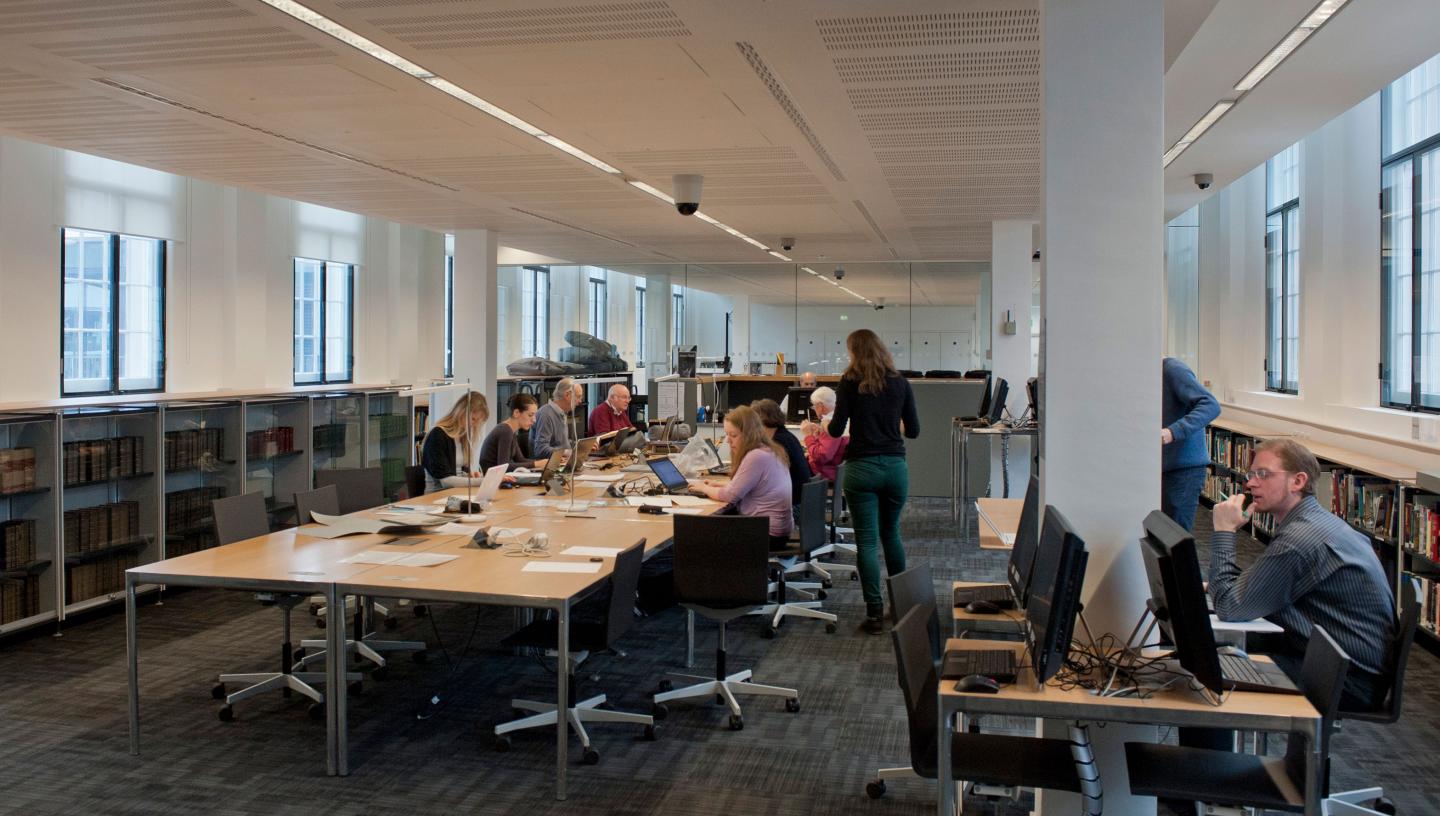
Essential Information
| Location |
National Maritime Museum
|
|---|---|
23 Mar 2012
The National Maritime Museum holds a small percentage of the surviving crew agreements and logbooks of British-registered merchant vessels from 1861 onwards.
Board of Trade crew agreements are a formal record of the individuals who were employed on merchant vessels. For the Cospatrick we therefore have the office copy of the form providing details of the 44 seamen who joined the ship before her departure from Gravesend on 11 September 1874, as submitted by the master Alexander Elmslie.
We also have the account of crew (List C) and release at termination of voyage (List M) forms, completed after news of the loss of the Cospatrick and the fates of the individual crew members had reached the offices of Shaw, Savill & Co (the managing owners of the vessel) in London.
Very few records of nineteenth century passengers exist in the Manuscripts collection, so I was surprised to also find here a copy of the list of assisted emigrants on the Cospatrick. It was compiled by a representative of Shaw, Savill & Co and the Agent-General of New Zealand on 10 September 1874 and provides details of 429 working class men, women and children who took the passage. They came from all over England, Wales, Scotland and Ireland, mostly from backgrounds associated with agricultural trades, hoping to find better fortune in the colonies. Other sources indicate that 4 fare-paying passengers were also on board.
The catastrophe started to unfold shortly after midnight on 18 November 1874, when the Cospatrick had been at sea for 67 days and was positioned southwest of the Cape of Good Hope. A fire alarm was raised after dense smoke was seen coming from the fore-scuttle. Unsuccessful attempts were made to extinguish the flames and prevent them from spreading by steering the ship before the wind. However, the fire took hold of the forecastle and then made rapid progress along the rest of the hull.
Panic set in among the passengers and only two boats got away before the conflagration reached the stern accommodation. The occupants of the boats then had to endure terrible suffering owing to a complete lack of provisions, then stormy weather that necessitated continual bailing-out. The last survivors became so wretched and desperate for food and water, they had to find nourishment in the blood and livers of their dead companions. Only 5 were alive when the British Sceptre of Liverpool came across the scene and took them to the island of St Helena. Only 3 recovered from the ordeal and were able to return to England. The death toll was 469 in total.
The main inquiry into the loss of the Cospatrick took place at Greenwich Police Court in February 1875. There were distressing and gruesome details in the narratives provided by the survivors Henry McDonald (second mate), Thomas Lewis (quartermaster) and Edward Cotter (ordinary seaman). Reports of the deaths and cannibalism at sea were published with dramatic impact in British newspapers during the first two months of 1875. A certain amount of morbid interest in the scale of this disaster probably helped to preserve the relevant documents within the Board of Trade archive. It is interesting that in the absence of any surviving logbook, the documents cannot account for the 8 deaths and 2 births that occurred prior to the fire, also the fact that the master’s wife and small child were on board.
The judgement of the court was that the speed at which the fire took hold of the Cospatrick could only be explained if it had started in the forward part of the hold. The early accounts had claimed that it had originated in the boatswain’s locker above the hold. Drawing on the experience gained from similar incidents, the court found that it was likely to be the result of a naked flame being used by a passenger or crew member in an attempt to plunder items of general cargo (most likely alcohol) through the partitions at the forward end of the ship. The court also made recommendations for improvements to safety on board passenger ships, including a requirement for lifeboats to be kept in a better state of readiness, and the introduction of weekly fire and boat drills to be carried out at sea.
Information on the years represented in the National Maritime Museum collection of crew agreements and logbooks can be found in Research Guide C1 on our website: http://www.rmg.co.uk/researchers/library/research-guides/the-merchant-navy/tracing-people-crewlists-agreements-logs
Graham Thompson, Archives Assistant